
In 2016 we profiled a really cool art series created by illustrator Julie Van Grol, titled ‘100 Days of Badass Babes‘. Each day on Instagram over the course of a few months around the Presidential election time, she uploaded an image of an inspirational trailblazing woman accompanied by a bit of her background and why she is a badass. Julie had hoped her 100th woman, the upload date of which happened to be November 8th, would be Hillary Clinton as many of us thought she would get elected as the first female US president.
Despite the election going in a completely different direction, ever since that day, women have been rising up, marching, speaking, organizing, running for office, writing, creating, and taking a stand in even more powerful ways than anyone could have imagined. Julie was also not done using her creativity as a form of feminist activism either, and Feb 2018 sees the release of her latest project called ‘Badass Babe Workbook’, which features many of the women from her original series, and many more.
The Minnesota-based art college teacher already knew the power of inspiring women and girls with visual representations of barrier-breakers and trailblazers, and has now created a way for her art to become a tool for learning. We wanted to know more about this book, Julie’s perspective on her work in light of the election, and why she feels passionate about highlighting badass women throughout history. Check out our interview below, as well as a sneak peek of what to expect in ‘Badass Babe Workbook’.
Congrats on the release of the ‘Badass Babe Workbook’! Can you tell us what impact you hope this project will have on (especially young) readers?
Thank you! My hope is that having the collection of all of these inspiring stories will fuel a reader’s confidence and creativity. Each of these subjects exemplify strength, courage, intelligence, creativity, and perseverance—and having their stories side-by-side shows all the different ways success can look. Hopefully, by seeing all these different examples of excellence, the reader can feel empowered to tell their own story, and take charge of it.

Your original project was the 100 Days of Badass Babes Instagram series which we previously wrote about. What was the inspiration for this?
I wanted to carry out a personal project that connected a lot of my interests: illustration, portraiture, history, intersectional feminism, storytelling, and inclusion. I had a lot of encouragement and help from amazing women in my life to turn this new corner in my illustration practice and these women also helped me gather up a list of subjects. These ladies helped me throughout the original project, and supported me through the process of publishing the book as well.

What has been the reaction to your work since the presidential election and beyond, given the current narrative about the need for more women in leadership?
I’ve connected with so many amazing writers, artists, and advocates that understand the value of making women/femme’s stories heard– it’s been great. There’s a strong community of folks recognizing the power behind creative advocacy. Personally, it’s given me a lot of strength and inspiration to have the stories of all these incredible people who overcame and accomplished so much. And I know that others feel that way, too.

Why do you think there is such an erasure or invisibility of powerful women throughout history?
I think strong, feminine presence (or non-male presence) threatens a lot of deep-seated power structures. It challenges “traditional” ideas of power, dominance, and virtue. These traditions and structures are quite fragile in a way, so it’s easy to dismiss anything that undermines them (such as examples of matriarchy, equality, and equity).
Fortunately, the stories and realities of feminine/non-male power are more visible than ever. It’s becoming increasingly difficult to deny the backwards nature of, say, the white, cis-male, heteronormative patriarchy…for example.

With female-centric projects it is easy to only talk about the impact on women and girls. But what are your thoughts on involving men and boys in the narrative to empower more women?
I think, as many have said before me, feminism is just as much for men/male-identifiers as it is for the rest of us. Stories that show myriad examples of strength and success also challenges arbitrary ideals of masculinity. There’s no reason a human, regardless of gender, shouldn’t be able to find inspiration in these stories. I mean, I grew up admiring and emulating lots of male characters and role models… why can’t it work the other way?

Who are some of your personal faves you have featured in your series, and why?
Gah, it’s so hard to choose. My favorite thing is that you can find connection with each story, and also learn from each one too.
I always think about Malala Yousafzai, because her story is so astounding, and her advocacy for education is just so perfect and inspiring. Art-wise, Corita Kent is at the top, too (the way I designed the book was a little nod to her work). Comedy-wise, Leslie Jones. Or Maria Bamford! Dolly Parton is just an amazing human being. Roxane Gay’s writing is inspiring, honest, and so flippin’ smart. Winona LaDuke gives me a lot of hope. Also, Eleanor Roosevelt. And Ruth Bader Ginsburg. And Angela Davis! I could go on and on.

Why is it important to see positive female role models in the world?
Like I mentioned before, female power and leadership challenges a lot of preexisting structures, many of which are toxic. The visibility of these leaders will ensure that we’ll have equity for all genders. Sometimes, you gotta see it to be it, and the kiddos (and grown-ups) deserve to see what leadership and success looks like when it’s embodied by all genders (and races! and faiths!).

Although we get to read about a number of powerful women through your work, we want to know what makes YOU a powerful woman? (This is something we like to ask all our interviewees!)
I’m lucky to be a teacher (I teach full-time at Minneapolis College of Art and Design), and that holds a lot of responsibility and opportunity to impart what I’ve learned, and continue to learn. I hope that I serve as an example of a thoughtful, hard-working, passionate artist for my students.
Being a visual artist also holds a lot of power in its ability to tell one’s story, and lift up the stories of others, which I try to do the best that I can. (I wish that, at this point I could end with, “I also know KRAV MAGA,” or something like that, but I don’t. Yet.)
===========================================================
You can purchase Julie’s ‘Badass Babe Workbook’ for the badass babe in your life by clicking here.












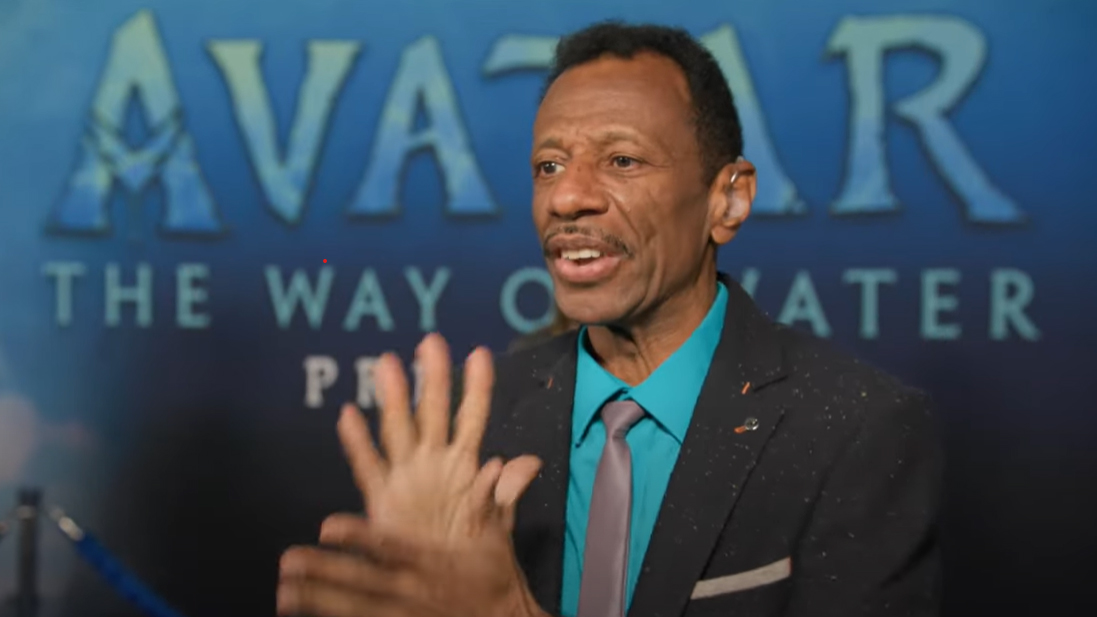
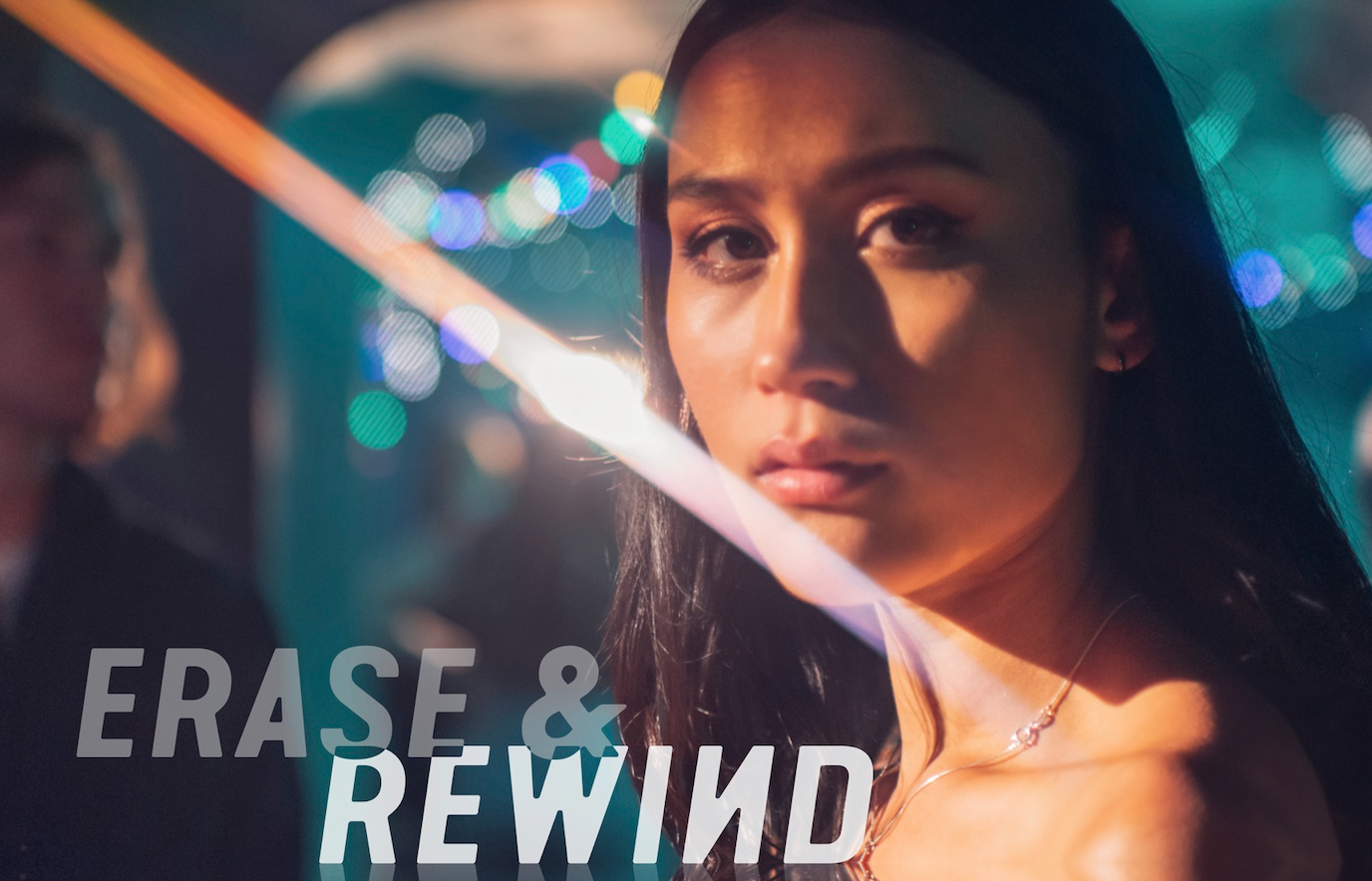
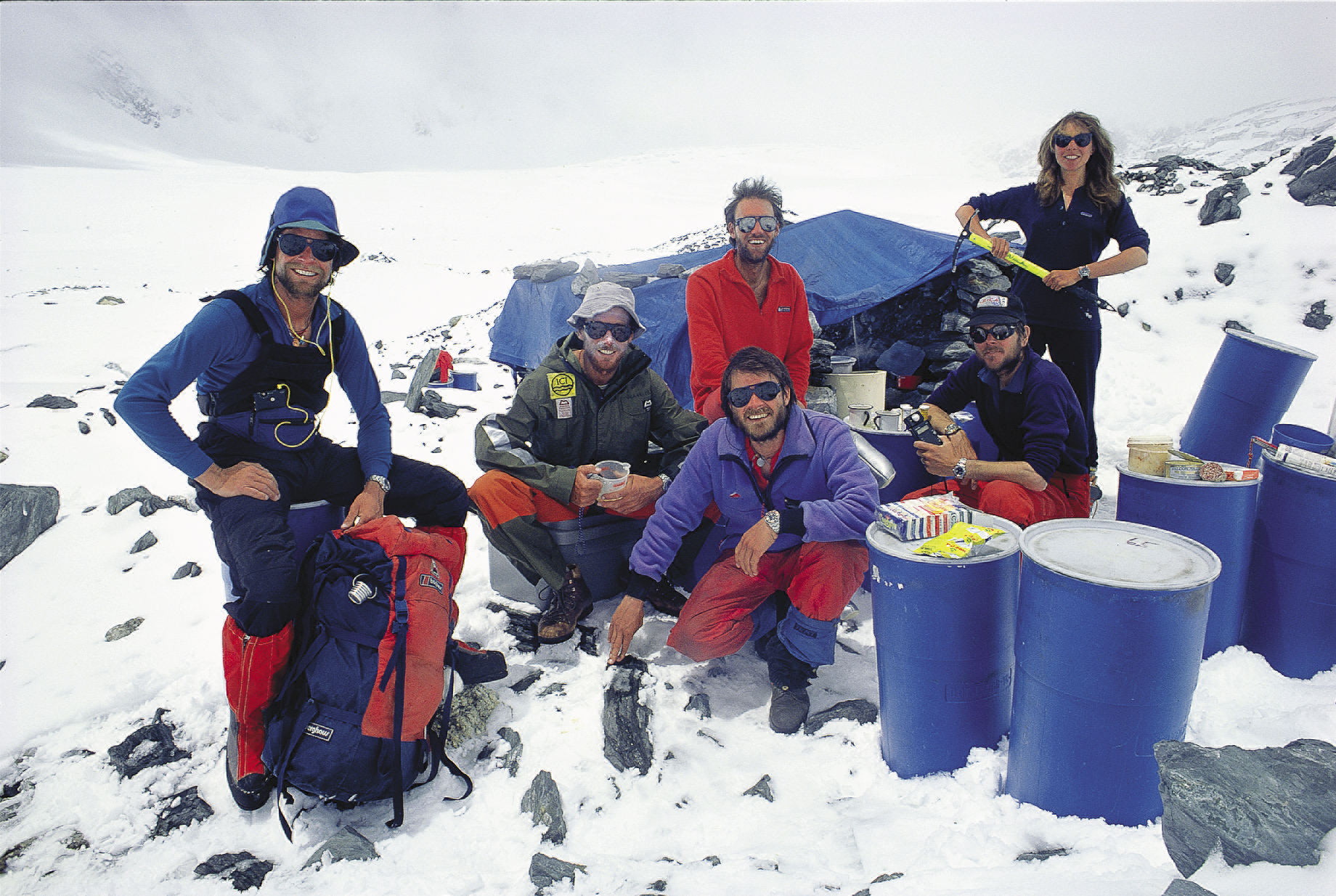
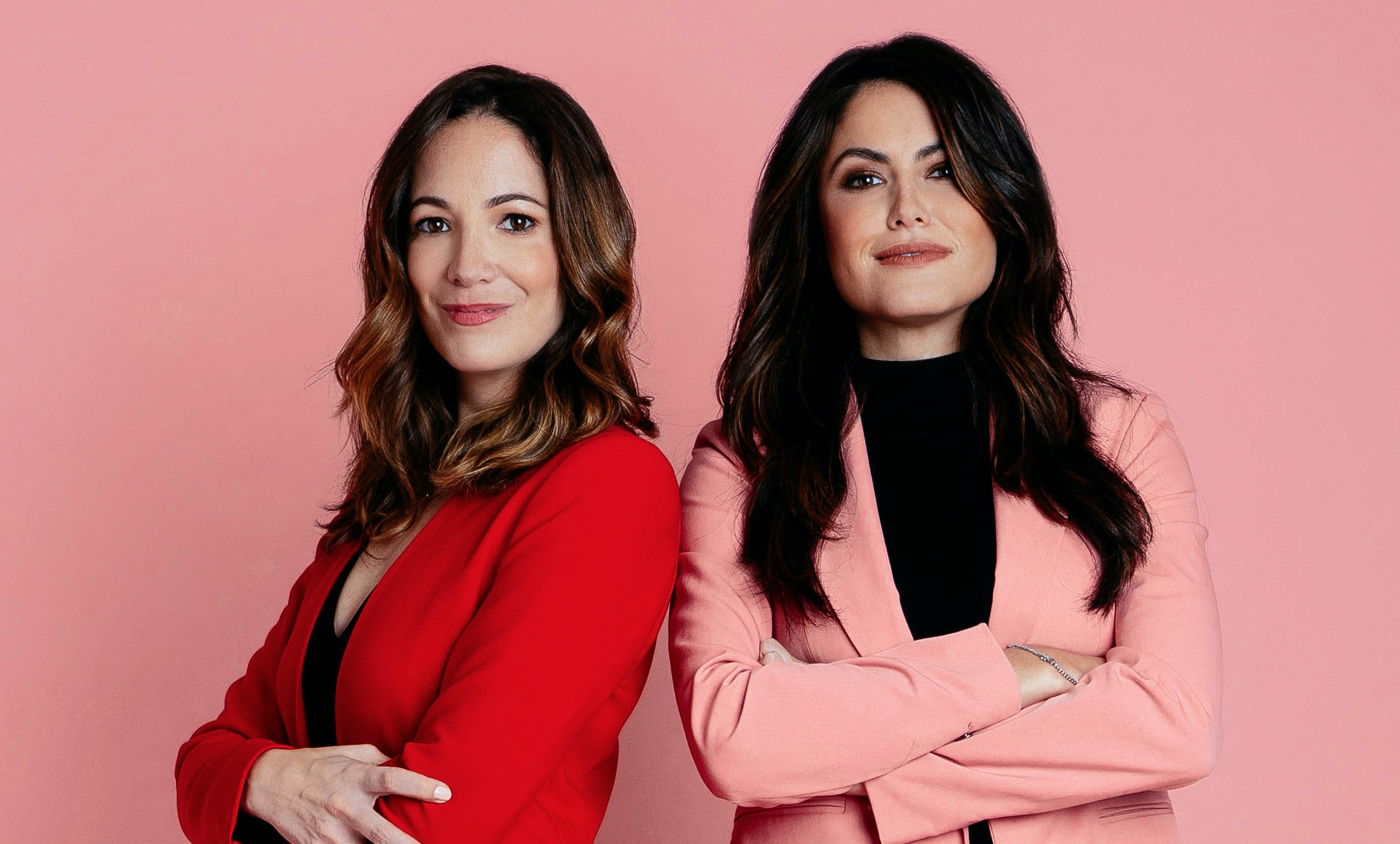
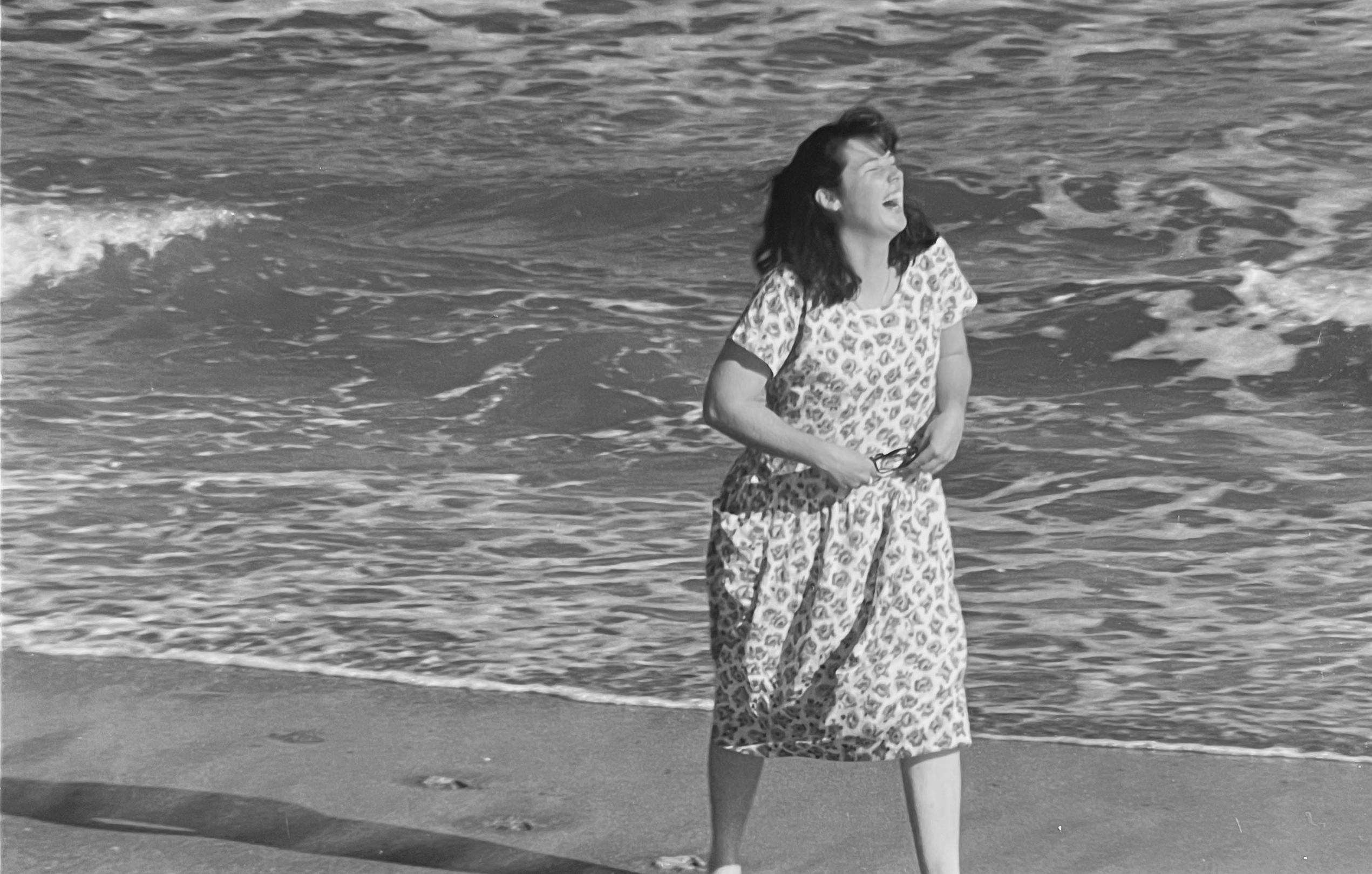
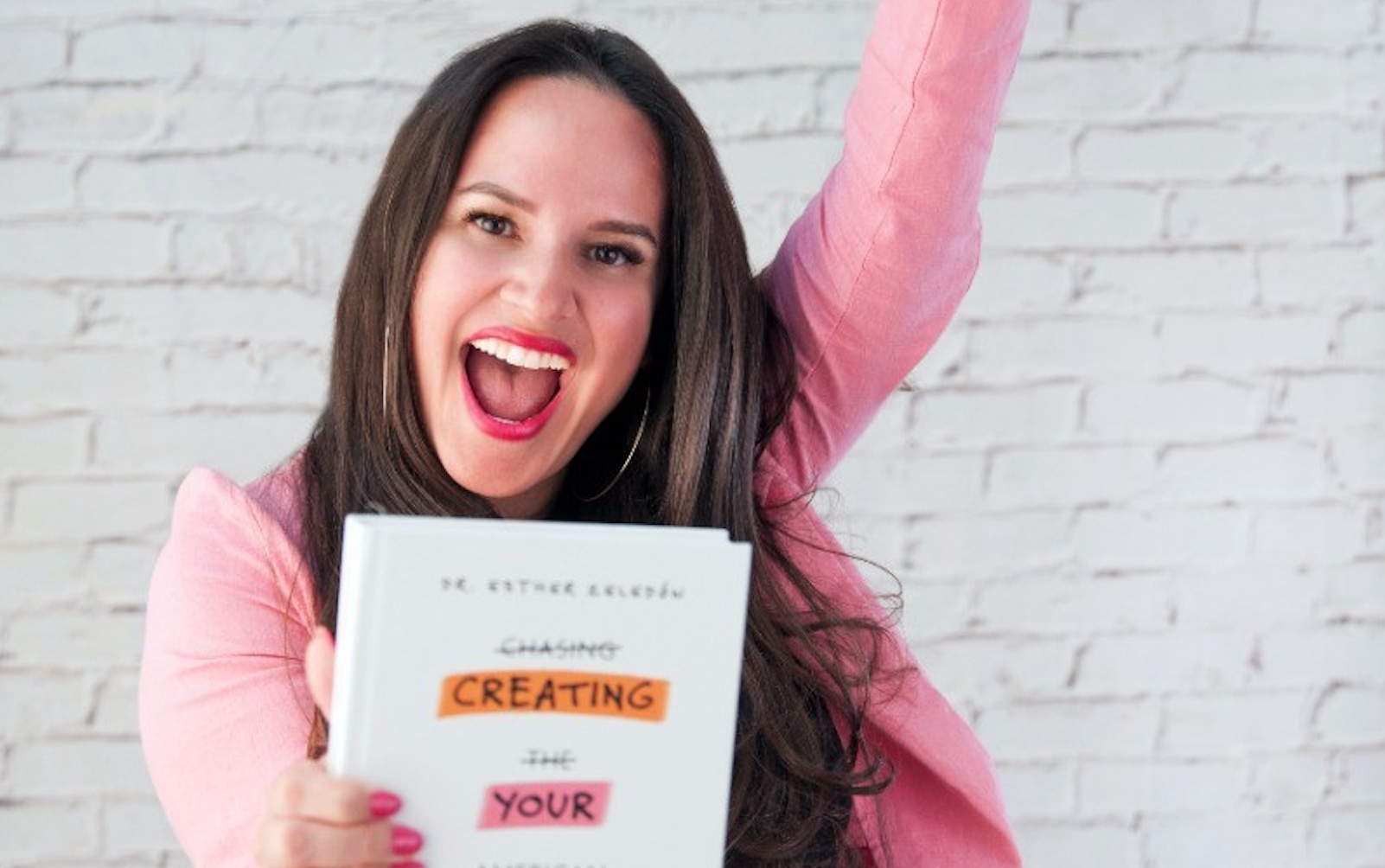
One thought on “Badass Artist Julie Van Grol Releases Workbook For Girls Featuring 100+ Trailblazing Women”